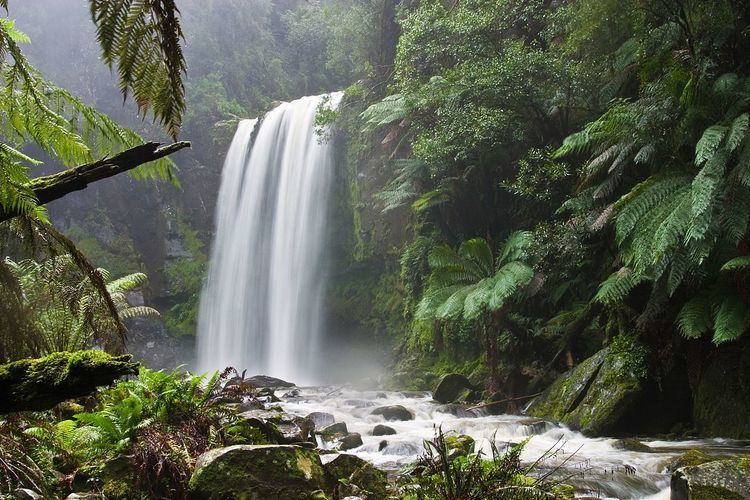 | ||
In-situ conservation is the on-site conservation or the conservation of genetic resources in natural populations of plant or animal species, such as forest genetic resources in natural populations of tree species. It is the process of protecting an endangered plant or animal species in its natural habitat, either by protecting or cleaning up the habitat itself, or by defending the species from predators. It is applied to conservation of agricultural biodiversity in agroecosystems by farmers, especially those using unconventional farming practices. e.g., Nilgiri biosphere in India.
Contents
Methods
Around 4% of the total geographical area of the country is used for in situ conservation. The following methods are presently used for in situ conservation.
Biosphere reserves
Biosphere reserves cover very large areas, often more than 5000 km2. They are used to protect species for a long time.
National parks
A national park is an area dedicated for the conservation of wildlife along with its environment. It is usually a small reserve covering an area of about 100 to 500 square kilometers. Within biosphere reserves, one or more national parks may also exist.
Wild sanctuaries
A wild sanctuary is an area which is reserved for the conservation of animals only. Currently, there are 492 wild sanctuaries.
Gene sanctuary
A gene sanctuary is an area where plants are conserved. It includes both biosphere reserve as well as national park. India has set up its first gene sanctuary in the Garo Hills of Meghalaya for wild relatives of citrus. Efforts are also being made to set up gene sanctuaries for banana, sugarcane, rice and mango.
Community reserves
It is the type of protected area introduced in Wildlife Protection Amendment Act 2002 to provide legal support to community or privately owned reserves which cannot be designated as national park or wildlife sanctuary.
Sacred groves
They are tract of forest set aside where all the trees and wildlife within are venerated and given total protection.
Benefits
One benefit of in situ conservation is that it maintains recovering populations in the environment where they have developed their distinctive properties. Another benefit is that this strategy helps ensure the ongoing processes of evolution and adaptation within their environments. As a last resort, ex-situ conservation may be used on some or all of the population, when in situ conservation is too difficult, or impossible. The species gets adjusted to the natural disasters like drought, floods, forest fires and this method is very cheap and convenient.
Reserves
Wildlife and livestock conservation is mostly based on in situ conservation. This involves the protection of wildlife habitats. Also, sufficiently large reserves are maintained to enable the target species to exist in large numbers. The population size must be sufficient to enable the necessary genetic diversity to survive within the population, so that it has a good chance of continuing to adapt and evolve over time. This reserve size can be calculated for target species by examining the population density in naturally occurring situations. The reserves must then be protected from intrusion or destruction by man, and against other catastrophes.
Agriculture
In agriculture, in situ conservation techniques are an effective way to improve, maintain, and use traditional or native varieties of agricultural crops. Such methodologies link the positive output of scientific research with farmers' experience and field work.
First, the accessions of a variety stored at a germplasm bank and those of the same variety multiplied by farmers are jointly tested in the producers field and in the laboratory, under different situations and stresses. Thus, the scientific knowledge about the production characteristics of the native varieties is enhanced. Later, the best tested accessions are crossed, mixed, and multiplied under replicable situations. At last, these improved accessions are supplied to the producers. Thus, farmers are enabled to crop improved selections of their own varieties, instead of being lured to substitute their own varieties with commercial ones or to abandon their crop. This technique of conservation of agricultural biodiversity is more successful in marginal areas, where commercial varieties are not expedient, due to climate and soil fertility constraints. Or where the taste and cooking characteristics of traditional varieties compensate for their lower yields.
